Historical Background
Belchertown State School opened its doors in the heart of western Massachusetts in 1922. With the honorable goal of becoming the third institution dedicated to the education and care of those considered "feeble-minded" in the Commonwealth of Massachusetts, the facility quickly grew to accommodate over 700 young patients.
The dignified Colonial Revival buildings sprawled across a verdant 845-acre campus, presenting an image of comfort and care.
But beyond the stately façade lay a different reality. The school's early years were marked by a struggle to meet the growing demand for admissions, reflecting a broader societal challenge in caring for developmentally disabled children. Though aesthetically pleasing, the institution's architecture and design masked the underlying issues that would later come to light.
Living Conditions and Treatment
The children of Belchertown State School were often housed in appalling conditions. Despite the dignified appearance of the school, the inside told a different story.
Naked patients were found smeared with urine, feces, and food. Vomit-encrusted sheets and maggots wriggling inside or crawling out of infected ears were not uncommon sights.
These horrific conditions were not widely known until Benjamin Ricci, the father of a Belchertown patient, took a stand.
In his 2004 book, "Crimes Against Humanity: A Historical Perspective," Ricci detailed the unimaginable suffering he witnessed during his visits. His words vividly depicted neglect and abuse, sparking outrage and leading to legal actions.
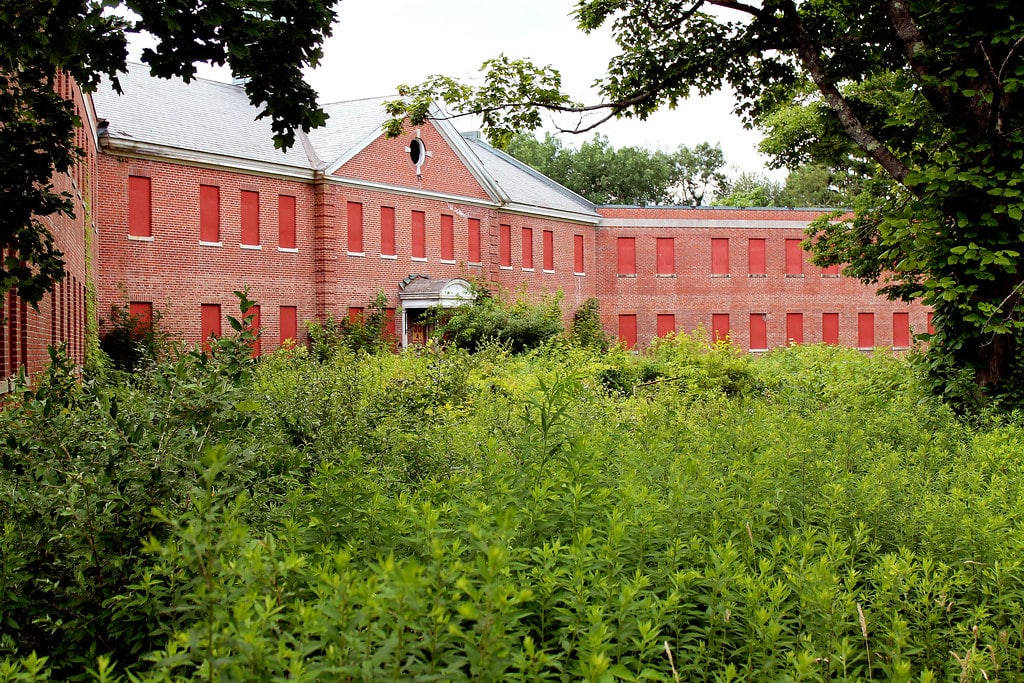
Legal Actions and Reforms
In 1972, Ricci's class-action lawsuit against the school brought the hidden horrors into the public eye. The Massachusetts District Court judge assigned to the Belchertown case, Joseph Tauro, took the unprecedented step of visiting the school unannounced what he witnessed corroborated Ricci's claims, including the shocking sight of a little girl drinking from a feces-filled commode.
Judge Tauro's visit marked a turning point. He spearheaded a major overhaul of Massachusetts' mental healthcare facilities, recognizing that Belchertown was not an isolated case.
Budget increases, better staff training, and close governmental supervision were implemented, leading to significant improvements at Belchertown and other state institutions.
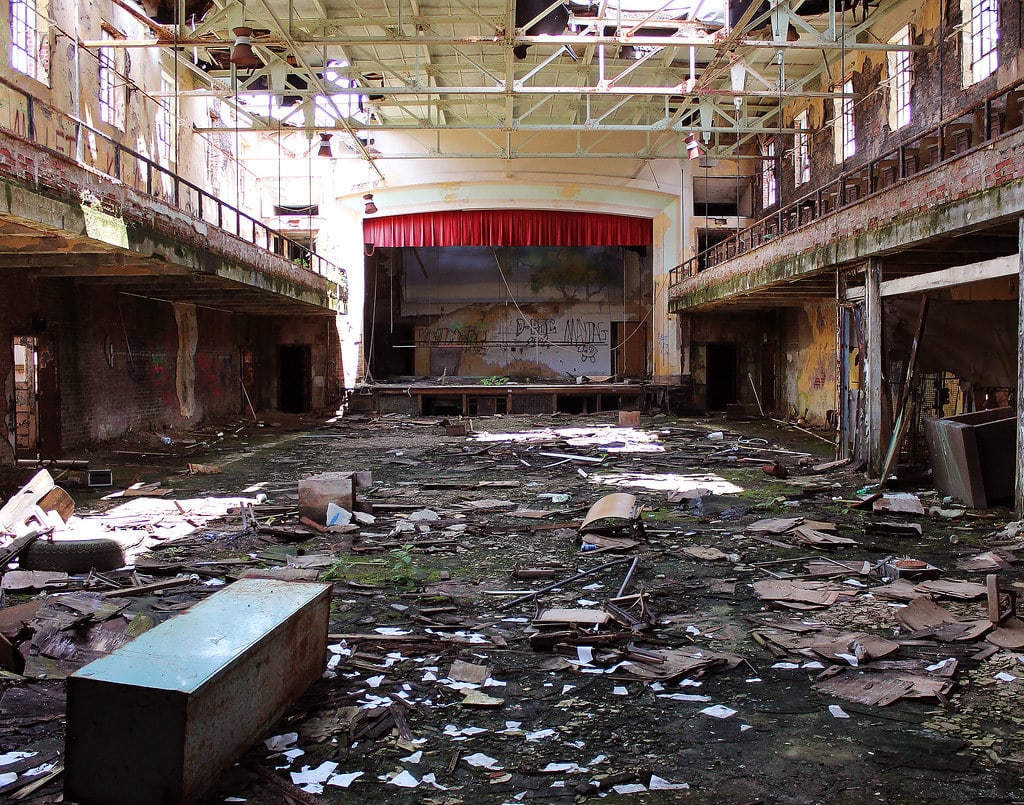
Improvements and Changes
The reforms initiated by Judge Tauro brought about tangible changes in the lives of the residents. The once-neglected children received better care, and the staff were provided with the needed training and resources. The school began to live up to its dignified appearance, and the dark days of neglect seemed to be in the past.
However, the shadow of the past lingered. The memories of the horrific conditions could not be erased, and the legacy of the legal actions continued to shape the institution's future.
The improvements were a step in the right direction, but the scars remained in the physical buildings and the community's collective memory.
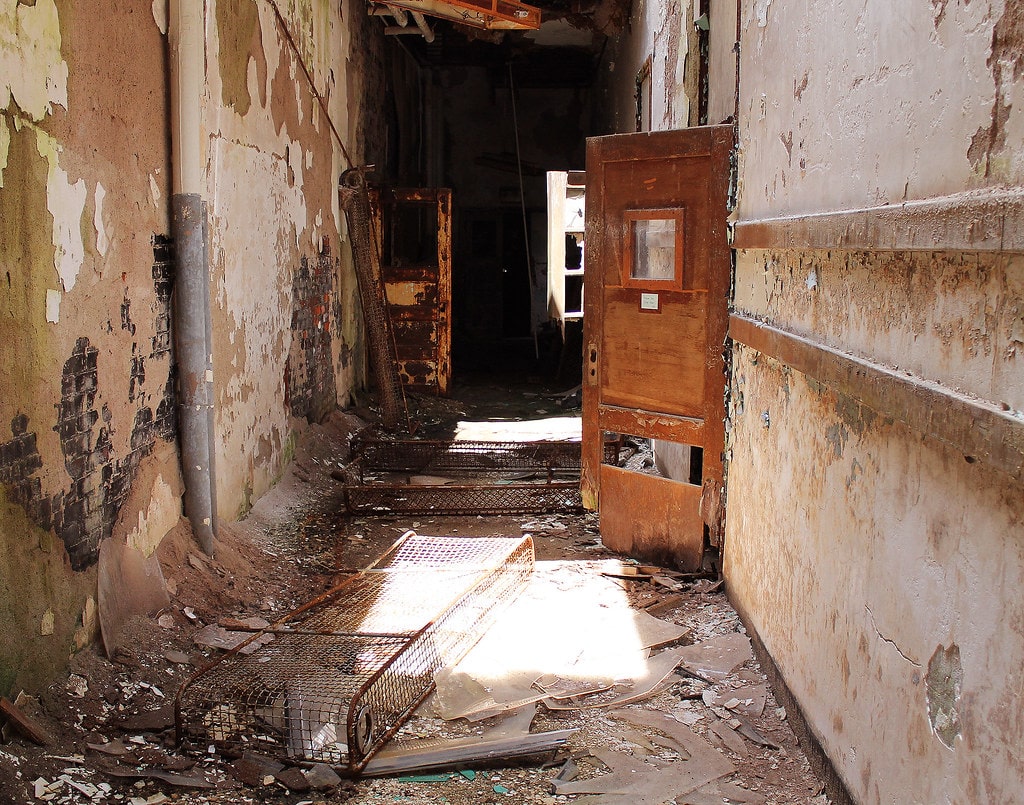
Closure and Aftermath
Belchertown State School closed its doors in 1992, but the story did not end there. Multiple companies proposed development plans for the property, yet the dilapidated site contained hazardous materials and required extensive clean-up.
The once-bustling campus now sat abandoned and overgrown, a sad monument to its mistreated child residents.
The buildings, though silent, continue to speak to those who remember. They are a testament to a complex history filled with hope and despair. The local community looks upon them with a mix of nostalgia and reflection, recognizing the lessons learned and the progress made.

Belchertown State School: Legacy and Impact
The legacy of Belchertown State School extends beyond its physical walls. Its history has contributed to a broader understanding of disability and medical history in Massachusetts and the nation.
The legal actions and reforms have left an indelible mark on mental healthcare facilities, leading to positive changes that continue to resonate.
Yet, the memories of those who lived and worked there remain. The stories of suffering and redemption, neglect and care, failure and reform, are woven into the fabric of the local community. The school's complex history reminds us of the importance of vigilance, empathy, and action in caring for the most vulnerable.
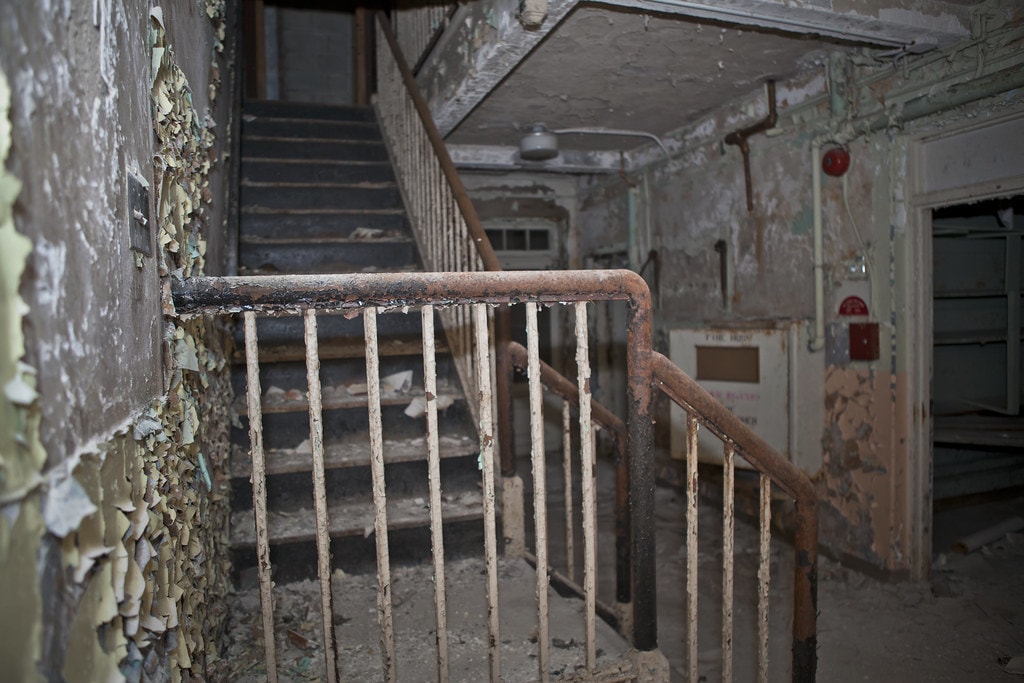
Carriage Grove Development: Transforming Belchertown State School
In the summer of 2018, Christopher Heights of Belchertown was opened, marking a significant step in the town's development. This facility, comprising 83 units for mixed-income assisted living, was supported by a $1.25 million investment from the city to build the required infrastructure. This investment also paved the way for additional developments on the site.
Christopher Heights is vital to the Carriage Grove initiative, offering essential housing and care services to the community. It also pays tribute to the historical importance of the site. The completion of this project symbolizes the successful collaboration between the town, developers, and MassDevelopment, reflecting Belchertown's ongoing growth and rejuvenation.
The Carriage Grove project, a redevelopment of the former Belchertown State School site, aims to introduce various mixed-use developments across 24 acres, encompassing up to 581,000 square feet.
Led by MassDevelopment and designed by Brisa Development LLC, this ambitious five-phase project is expected to span seven years. The first phase involves constructing a 106-unit multi-family complex and repurposing two original administration buildings.
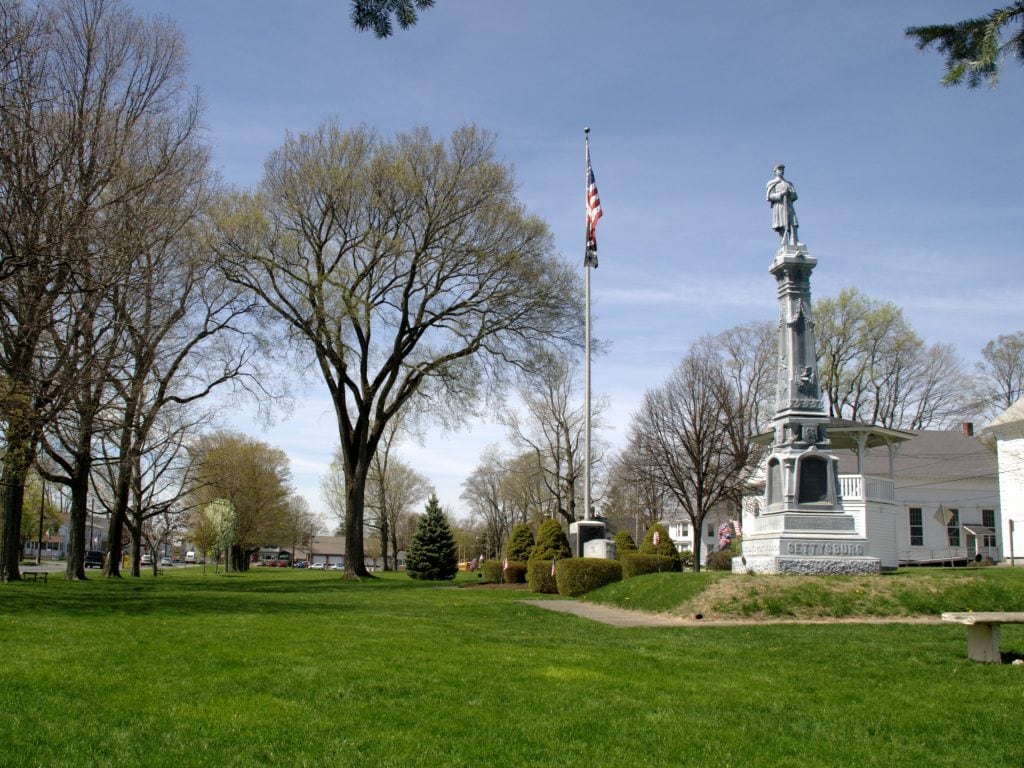
These buildings will be transformed into community spaces, micro-offices, and a museum focusing on the history of Belchertown State School and similar institutions.
Future phases will include senior housing and commercial spaces, including a hybrid grocery store, a hotel, condominiums, and an outdoor amphitheater. The project is projected to add approximately 235 new housing units, with the first phase estimated to cost between $30 million and $42 million.
The Carriage Grove development is more than just a construction project; it symbolizes transformation and renewal. Acknowledging the troubled history of the Belchertown State School, the developers aim to repurpose the space into something positive and community-oriented.
The project represents a collaborative effort, with Brisa working closely with the town, Belchertown Economic Development Industrial Corporation (BEDIC), and Mass. Development.
As the community awaits the construction start, the Carriage Grove development is a testament to the power of regeneration and the potential to turn a site with a complex past into a thriving, vibrant future.
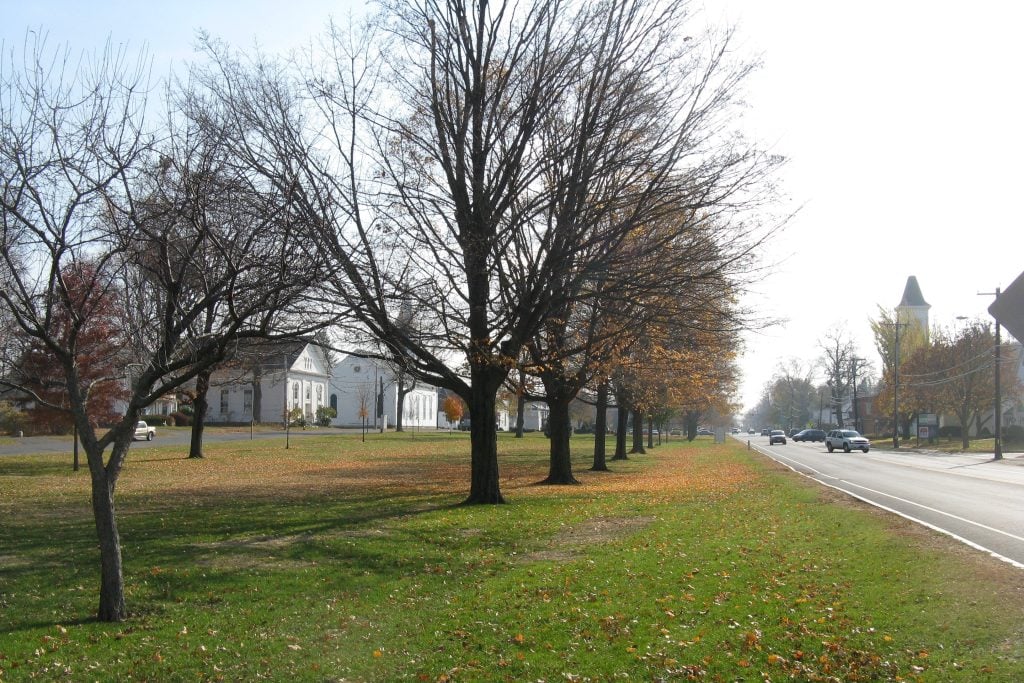
Conclusion
Belchertown State School's story is one of contrasts and complexities. From its stately appearance to the hidden suffering within, from legal battles to lasting reforms, it represents a significant chapter in Massachusetts' social history. Its closure and the ongoing redevelopment add to the multifaceted narrative that continues to captivate and inspire reflection.
The school's place on the National Register of Historic Places is a fitting recognition of its significance in architecture, education, and health/medicine.
As the buildings stand as active monuments or nostalgic memories, they continue engaging the community in a dialogue transcending time and place.

Would be nice if when completed, the had a memorial to all that were put in the Belchertown State School.
I appreciate your suggestion for a memorial at Belchertown State School. It's a beautiful way to remember and pay tribute. Thank you for sharing this idea.